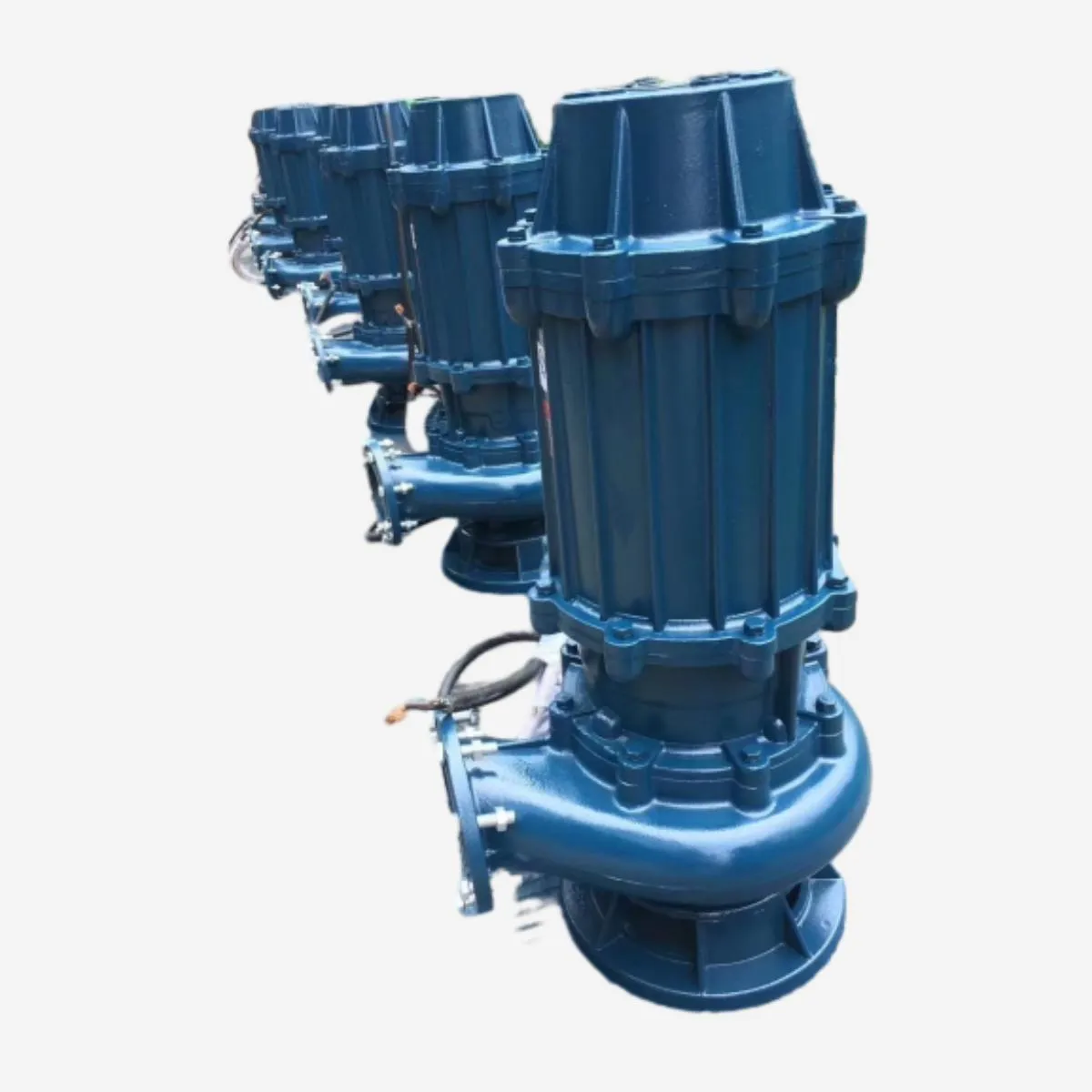English
- Afrikaans
- Albanian
- Amharic
- Arabic
- Armenian
- Azerbaijani
- Basque
- Belarusian
- Bengali
- Bosnian
- Bulgarian
- Catalan
- Cebuano
- Corsican
- Croatian
- Czech
- Danish
- Dutch
- English
- Esperanto
- Estonian
- Finnish
- French
- Frisian
- Galician
- Georgian
- German
- Greek
- Gujarati
- Haitian Creole
- hausa
- hawaiian
- Hebrew
- Hindi
- Miao
- Hungarian
- Icelandic
- igbo
- Indonesian
- irish
- Italian
- Japanese
- Javanese
- Kannada
- kazakh
- Khmer
- Rwandese
- Korean
- Kurdish
- Kyrgyz
- Lao
- Latin
- Latvian
- Lithuanian
- Luxembourgish
- Macedonian
- Malgashi
- Malay
- Malayalam
- Maltese
- Maori
- Marathi
- Mongolian
- Myanmar
- Nepali
- Norwegian
- Norwegian
- Occitan
- Pashto
- Persian
- Polish
- Portuguese
- Punjabi
- Romanian
- Russian
- Samoan
- Scottish Gaelic
- Serbian
- Sesotho
- Shona
- Sindhi
- Sinhala
- Slovak
- Slovenian
- Somali
- Spanish
- Sundanese
- Swahili
- Swedish
- Tagalog
- Tajik
- Tamil
- Tatar
- Telugu
- Thai
- Turkish
- Turkmen
- Ukrainian
- Urdu
- Uighur
- Uzbek
- Vietnamese
- Welsh
- Bantu
- Yiddish
- Yoruba
- Zulu
Telephone: +86 13120555503
Email: frank@cypump.com
Nov . 06, 2024 21:41 Back to list
Choosing the Right Pump for Efficient Slurry Transport and Handling Solutions
Understanding Slurry Pumps A Comprehensive Overview
Slurry pumps are vital components in various industrial processes, particularly in mining, agriculture, and wastewater treatment. These specialized pumps are designed to handle a mixture of liquid and solid materials, commonly known as slurry. Slurry can consist of water combined with a variety of particles, such as sand, gravel, coal, or other sediments. Given the challenging nature of slurry transportation, it is crucial to understand the features and applications of slurry pumps to ensure optimal performance and efficiency.
The Importance of Slurry Pumps
In industrial settings, the transportation of slurry is often necessary for processing materials and managing waste. For example, in mining operations, slurry pumps are used to move ore slurries from the excavation site to processing plants. In wastewater treatment, they help transport sludge from one treatment stage to another. The effectiveness of slurry pumps directly impacts the productivity of these facilities and the overall success of their operations.
Key Features of Slurry Pumps
Slurry pumps differ from standard pumps in several ways. First, they are built with robust materials to withstand the abrasive nature of slurries. The internal components, such as the impeller and casing, are often made from high-chrome alloys or elastomers to combat wear and extend the pump's life. Additionally, slurry pumps typically have a larger diameter inlet and outlet to accommodate the flow of thick, viscous mixtures.
Another critical feature is the pump's design, which often includes a centrifugal or positive displacement mechanism. Centrifugal slurry pumps utilize an impeller to impart velocity to the slurry, enabling it to travel through the pump and out into the discharge line. In contrast, positive displacement pumps work by trapping a fixed volume of slurry and forcing it through the discharge. The choice between these two designs depends primarily on the specific requirements of the application, such as the slurry's viscosity, flow rate, and particle size.
Applications of Slurry Pumps
pump for slurry

Slurry pumps find applications in a variety of industries. In mining, they are essential for the transportation of tailings – the waste material left after the extraction of valuable minerals. These pumps help reduce the environmental impact of mining operations by safely moving waste materials for further treatment or disposal.
In the agricultural sector, slurry pumps are commonly used to handle manure and other bio-wastes. Efficient movement of these materials is crucial for maintaining sanitary conditions and optimizing fertilizer distribution. Similarly, in the construction industry, slurry pumps manage the transport of cement mixtures and other construction materials.
Wastewater treatment facilities also rely heavily on slurry pumps to move sludge between processing stages. Since the composition of sludge can vary significantly, these pumps must be adaptable to handle different types of waste efficiently.
Challenges and Solutions
While slurry pumps are indispensable, they also face challenges, such as clogging and wear over time. Proper maintenance is essential to ensure their longevity and efficiency. Regular inspections and cleaning can prevent buildup that leads to clogs, while timely replacement of worn parts can mitigate the risk of pump failure.
Moreover, choosing the right pump for a specific application can significantly enhance performance. Factors such as the type and concentration of solids, the flow rate, and the distance the slurry must travel must all be considered when selecting a slurry pump.
Conclusion
Slurry pumps play a crucial role in various industries, providing an efficient solution for transporting liquid-solid mixtures. Understanding their design, features, applications, and potential challenges is key to maximizing their performance and ensuring smooth operations. As industries continue to require effective ways to manage slurries, advancements in slurry pump technology will undoubtedly lead to improved efficiency and sustainability in various processes. Investing in the right equipment and maintenance practices will ensure the longevity and reliability of these essential industrial tools.
-
ISG Series Vertical Pipeline Pump - Chi Yuan Pumps Co., LTD.|Advanced Hydraulic Design&Energy-Efficient Solutions
NewsJul.30,2025
-
ISG Series Vertical Pipeline Pump - Chi Yuan Pumps Co., LTD.
NewsJul.30,2025
-
ISG Series Vertical Pipeline Pump - Chi Yuan Pumps Co., LTD.|energy-efficient fluid handling&industrial durability
NewsJul.30,2025
-
ISG Series Vertical Pipeline Pump - Chi Yuan Pumps | Advanced Engineering&Industrial Efficiency
NewsJul.30,2025
-
ISG Series Pipeline Pump - Chi Yuan Pumps | High Efficiency, Energy Saving
NewsJul.30,2025
-
ISG Series Vertical Pipeline Pump-Chi Yuan Pumps|High Efficiency&Reliable Performance
NewsJul.29,2025










